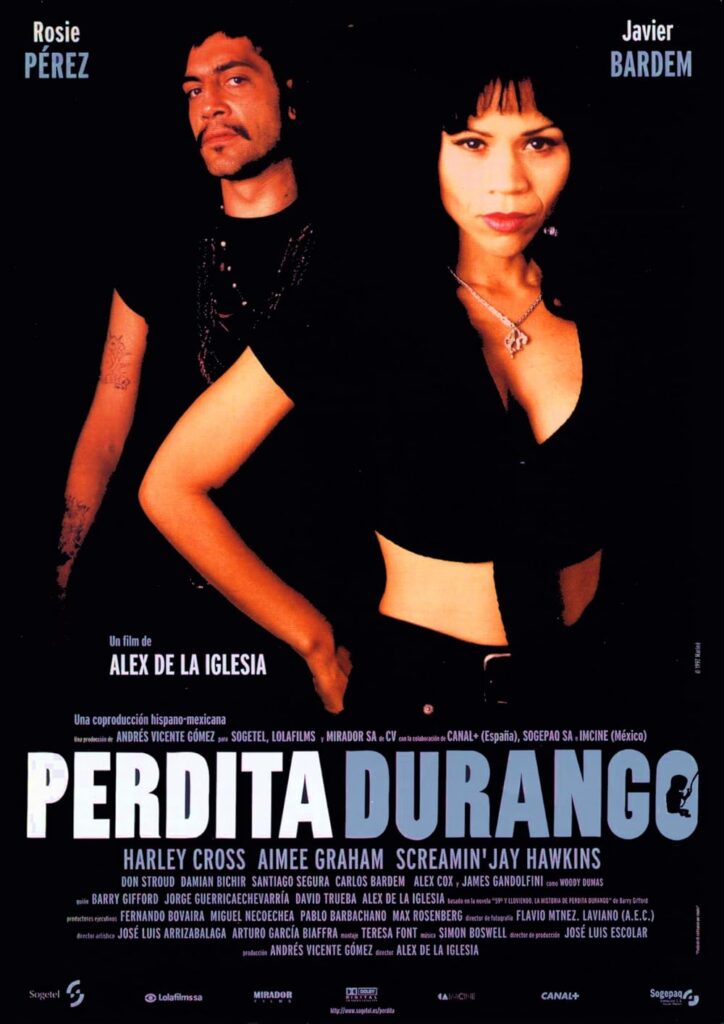
(Note: this text was published 12 years ago on my former blog, Cinematic Nightmares)
PERDITA DURANGO is an excellent example of smart genre usage. The third film by cult Spanish director Álex de la Iglesia is a blend of several genres: crime, comedy, horror, action, road movie, and spaghetti western. These genres are seamlessly merged into a cohesive whole, with influences that are apparent but never overly pronounced. Made during the time when the term Tarantinoesque became commonly used, PERDITA DURANGO fully stands on its own, allowing itself to be inspired by but never making it into a copycat. Most importantly, de la Iglesia uses genre as a starting point and a means to express his auteur perspectives and personal worldview. He masterfully tells the story of two (anti)heroes, magnetically drawing us into his amoral cinematic universe.
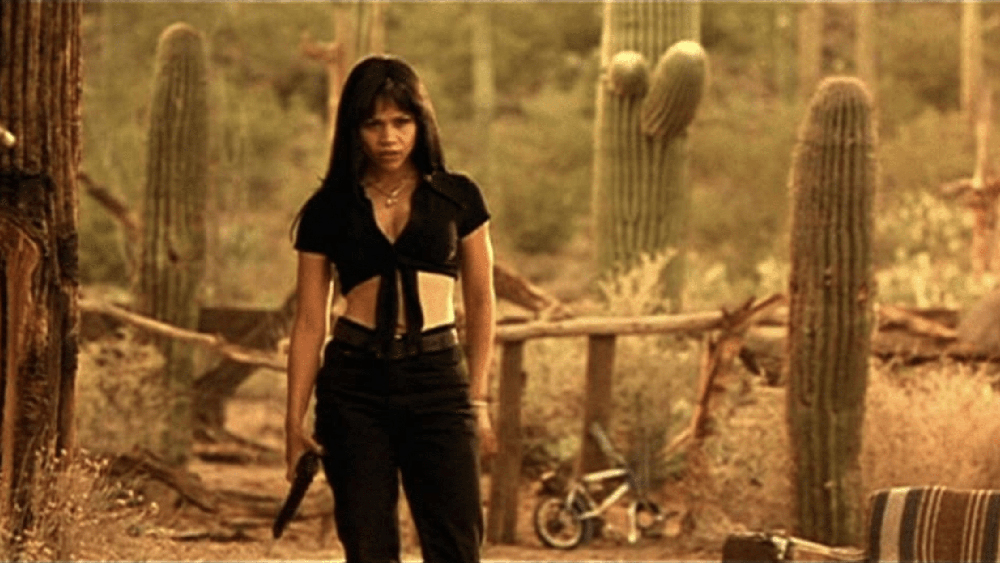
Perdita Durango (Rosie Perez) and Romeo Dolorosa (Javier Bardem) are two people destined to meet each other. Both are driven by an overwhelming desire to live life without boundaries. They have each embraced their dark side and want nothing to do with the world of “normality”. After kidnapping a young American couple, Duane (Harley Cross) and Estelle (Aimee Graham), whom they plan to sacrifice in an occult ritual, they become embroiled in a criminal job of transporting a truck full of fetuses from the Mexican border to Las Vegas for mobster Marcelo Santos (Don Stroud). Along the way, they are pursued by detective Woody (James Gandolfini) and encounter other colorful characters.
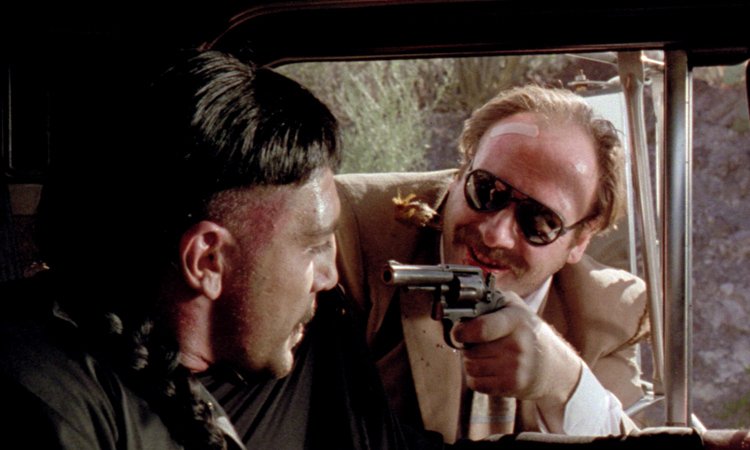
Álex de la Iglesia has always enjoyed combining humor and horror in his earlier films, with the best example being The Day of the Beast (El Día de la Bestia), arguably his finest work. While Perdita Durango doesn’t feature many scenes blending humor and horror into one, it frequently alternates between moments of pitch-black humor and terrifying horror. The direction is confident and precise, using these contrasts and a constant sense of danger hanging in the air to keep viewers perpetually on edge. Here, laughter often arises from disbelief and shock at the protagonists’ actions (some of which are indeed humorous). One moment you’re laughing, and the next, the laughter gets stuck in your throat as you grasp the implications of those scenes.

Then we have the moments of horror, where we fully immerse ourselves in the dark souls of our protagonists. Uncertainty and danger are the film’s main ingredients, amplifying the director’s point. Everyone here acts on their own will; no one cares for anyone else. There isn’t a single positive character. De la Iglesia uses the characters of Perdita and Romeo – two criminals and dark souls to portray a world even more horrifying than they are. The police are corrupt and incompetent (brilliantly embodied in Gandolfini’s portrayal of Woody), the industry exploits not just labor but literally human flesh for its darkest dealings in collusion with the mafia, and the American middle-class family is mocked as a place ruled by chaos and selfishness, all under the guise of normalcy.
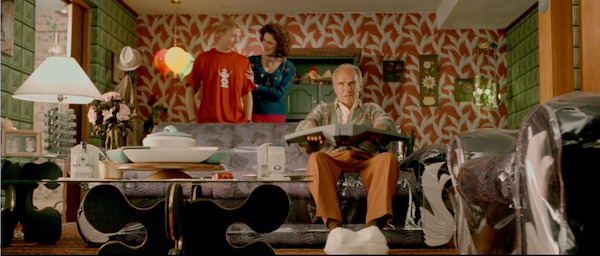
Naturally, Perdita and Romeo themselves are no better. Romeo’s way of life is governed by instincts that often lead to violence, while his spirituality and rituals are his attempt to provide a spiritual (and even scientific, as he claims at one point) framework for his understanding of human nature and life. His love for Perdita is profound and forms one of the film’s main emotional layers. Their love resembles the “mad love” (l’amour fou) championed by the Surrealists. Perdita herself is written (and superbly acted) as a woman fighting the world that shaped her character, in the process becoming someone capable of love and finding traces of beauty in such a world. But life often knocks us down, and their love cannot overcome the darkness of their everyday reality.
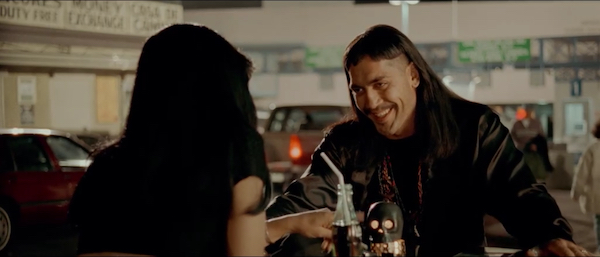
The two leads are perfect (anti)heroes, with de la Iglesia once again demonstrating his fascination with offbeat characters. As Perdita tells Duane in one scene: “The strangest people come up with the most interesting ideas.” Her recurring dreams of being devoured by wild animals, which she finds erotic and thrilling, speak to human animalistic nature and a world ruled by instincts, to which our protagonists willingly surrender.

The cast is excellent, everyone is doing a phenomenal job of bringing the characters to life. The two leads are completely immersed in their roles, making it impossible to imagine anyone else playing them. The supporting characters are just as strong, including the two American teenagers (Duane and Estelle), the detective Woody who is chasing Perdita and Romeo, the mobster Santos, and others. It’s worth noting that some of these characters – specifically Perdita Durango and Marcelo Santos—appeared as supporting characters in David Lynch’s WILD AT HEART (played by Isabella Rossellini and J.E. Freeman), released six years earlier. PERDITA DURANGO is not a sequel to Lynch’s film, though it shares thematic similarities. However, Perdita and Romeo are quite different from the romantic couple Sailor and Lula, portrayed by Nicolas Cage and Laura Dern. From the very start, their true nature is evident, and they act accordingly. One could say that WILD AT HEART is softer version of PERDITA DURANGO, based on the way Lynch and de la Iglesia depict their worlds.
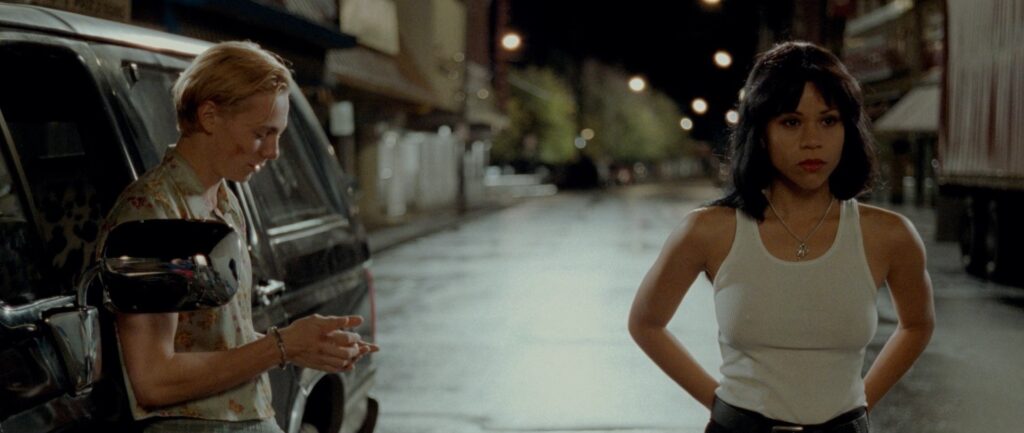
These similarities come from Barry Gifford, the co-writer of PERDITA DURANGO (alongside Álex de la Iglesia, David Trueba, and Jorge Guerricaechevarría), whose prose works inspired both films. The screenplay is outstanding, with clear genre elements and characters who range from fully fleshed out to semi-caricatures or full caricatures. Yet, this is intentional – every character has their place in the story and the film’s worldview.
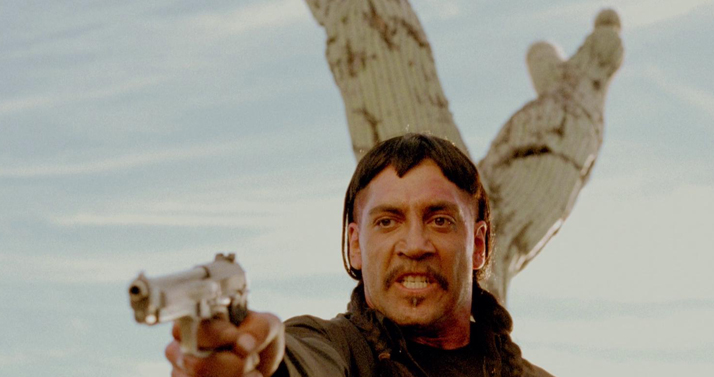
The direction is explosive, maximizing the screenplay’s potential with a wild and energetic approach. Álex de la Iglesia would later prove himself a master of dark comedy (LA COMUNIDAD a.k.a. COMMON WEALTH), and PERDITA DURANGO unquestionably stands among the highlights of his filmography.
Rating 4/5


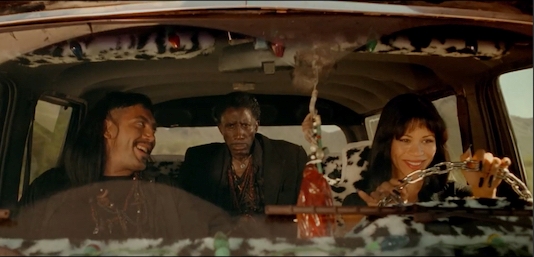
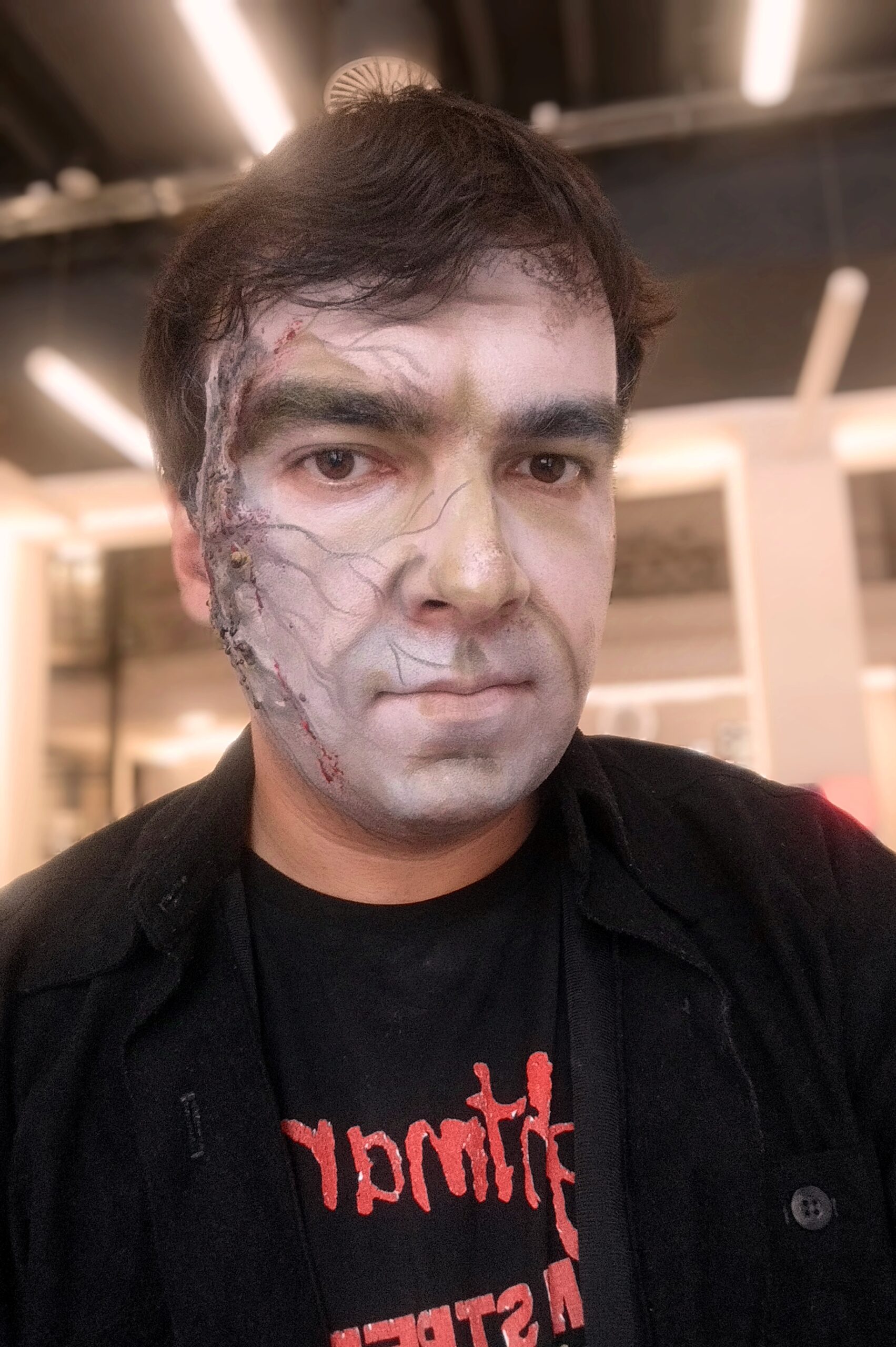

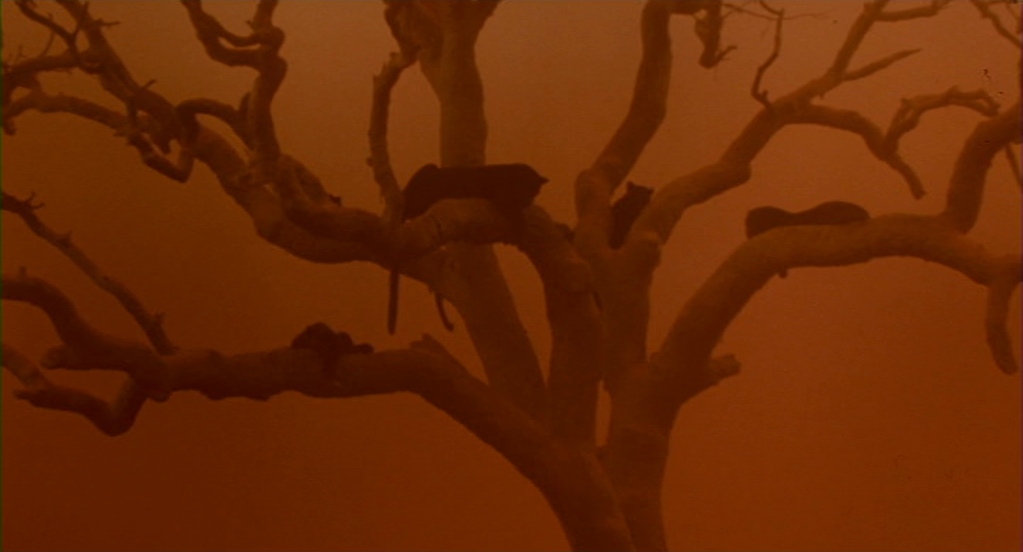
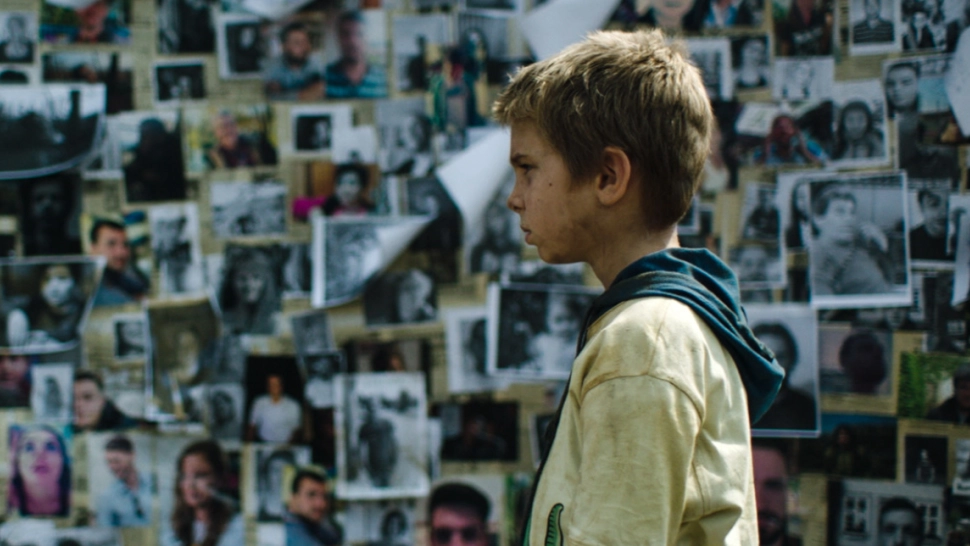

Leave a Reply